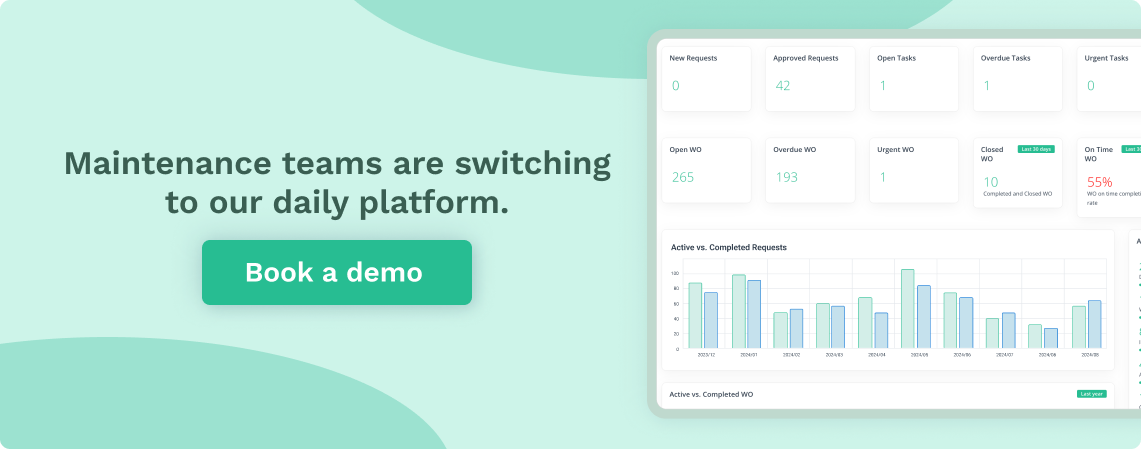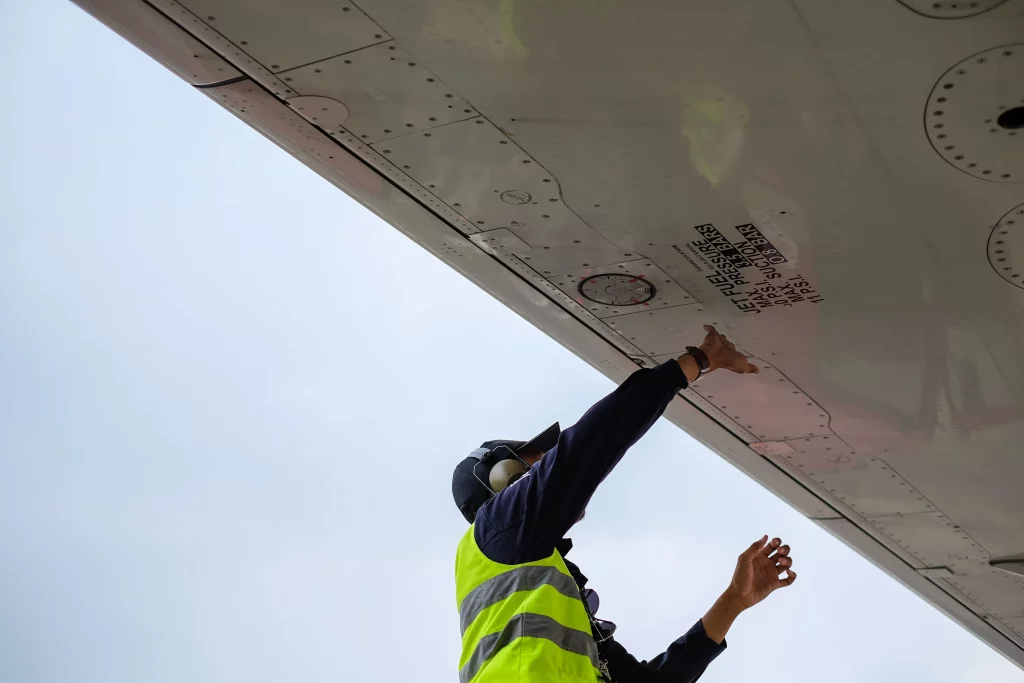Get a Free WorkTrek Demo
Let's show you how WorkTrek can help you optimize your maintenance operation.
Try for freeIntroduction
CMMS stands for Computerized Maintenance Management System. In the context of fleet management, a CMMS is a software solution that helps track and manage the maintenance and repair activities for a fleet of vehicles. It enables organizations to schedule and log maintenance tasks, monitor vehicle maintenance histories, manage spare parts inventory, and optimize maintenance processes to ensure the reliability and efficiency of their fleet.
What is Fleet Management?
Fleet management is a comprehensive system and process that involves the planning, monitoring, and control of a company’s or organization’s vehicles and assets. It encompasses a range of activities, including vehicle acquisition, maintenance, tracking, and optimization of vehicle utilization to maximize efficiency and minimize maintenance costs. Fleet management is crucial for businesses and entities that rely on a fleet of vehicles, as it helps ensure the safety of drivers, compliance with regulations, reduced operational expenses, and improved overall productivity.

About CMMS and Fleet Management
As freight demand increases, it’s more important than ever that fleet vehicles can stay on the road. Today, however, fleet maintenance has become more complex, in part due to advances in vehicle technology, improved connectivity, and environmental initiatives and laws. Fleet maintenance organizations, whether municipal, commercial, or industrial, must have a way to ensure that vehicles receive the maintenance they need at the right time.

Improve your maintenance activities with WorkTrek CMMS!
Book a WorkTrek demo to see how a CMMS can help your business.
Try for freeWith a CMMS for fleet management, you can automatically schedule preventive maintenance and track vehicle maintenance history. Schedule preventive maintenance based on the manufacturer’s recommended intervals, mileage, or usage. Automatic work order notifications notify technicians of upcoming preventive maintenance work so vehicle maintenance can be scheduled in advance.

Why use CMMS in Fleet Management?
CMMS is used in fleet management for several compelling reasons:
Efficient Maintenance Scheduling:
CMMS software helps plan and schedule maintenance tasks for vehicles, ensuring that maintenance is performed on time to prevent breakdowns.
Reduced Downtime:
By proactively managing maintenance tasks, CMMS minimizes unexpected breakdowns and reduces vehicle downtime, maximizing fleet availability and operational efficiency.
Compliance and Safety:
It assists in monitoring and ensuring compliance with safety and environmental regulations, reducing accidents, fines, and liability issues.
Inventory Management:
CMMS can effectively manage spare parts inventory, ensuring that the right parts are available when needed and minimizing carrying costs.

Enhanced Productivity:
Streamlines maintenance processes, reducing administrative tasks and paperwork, and allowing maintenance teams to be more productive.
Preventive Maintenance:
Automatically generate work orders for preventive maintenance, ensuring that maintenance tasks are not overlooked.

How Does CMMS Help Managers and Workers in Fleet Management?
CMMS benefits both managers and workers in fleet management in various ways:
Benefits for Managers
Efficient Maintenance Planning: CMMS helps managers schedule and plan maintenance activities, ensuring that maintenance tasks are organized and performed on time, reducing downtime and unexpected breakdowns.
Cost Control: Managers can monitor maintenance costs and make data-driven decisions to optimize budgets and resource allocation, ensuring cost-effectiveness.
Inventory Management: CMMS aids in maintaining an organized inventory of spare parts and supplies, reducing downtime, and controlling inventory costs.
Performance Tracking: Managers can use CMMS to monitor the performance and reliability of each vehicle in the fleet, identifying underperforming assets and making improvements.
Resource Optimization: CMMS helps managers optimize the allocation of maintenance staff, tools, and equipment, ensuring efficiency and productivity.
Documentation and Reporting: CMMS maintains comprehensive records of maintenance activities, which are valuable for reporting, analysis, and audit purposes.


Benefits for Workers
Streamlined Work Orders: CMMS generates and manages work orders, making it easier for workers to access their assigned tasks, understand responsibilities, and complete maintenance or repair work efficiently.
Maintenance Scheduling: Workers can rely on CMMS to schedule and prioritize maintenance tasks, ensuring they are performed on time, and reducing unexpected breakdowns and downtime.
Access to Information: CMMS provides workers with easy access to essential information, such as maintenance histories, equipment manuals, and safety guidelines, ensuring effective and safe task completion.
Inventory Management: CMMS helps workers manage spare parts and supplies efficiently, reducing delays caused by parts shortages.
Work Order Documentation: Workers can document their work within the CMMS, recording details about tasks, parts used, and issues identified. This information is valuable for tracking maintenance histories and compliance records.
Mobile Access: Many CMMS solutions offer mobile applications, enabling workers to access work orders, update information, and communicate with supervisors or colleagues in the field, enhancing efficiency and responsiveness.

Conclusion
CMMS for fleet management leads to cost savings, improved safety, and enhanced operational efficiency, ultimately contributing to a reliable fleet.
CMMS in fleet management benefits managers by providing tools for efficient maintenance management and cost control and workers by streamlining tasks, providing information, and enhancing safety and productivity. Both managers and workers benefit from the improved organization, data access, and streamlined processes that CMMS offers.









